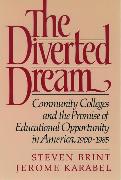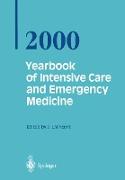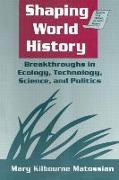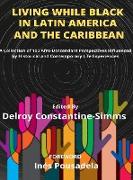The Diverted Dream
BücherAngebote / Angebote:
In the twentieth century, Americans have increasingly looked to the schools--and, in particular, to the nation's colleges and universities--as guardians of the cherished national ideal of equality of opportunity. With the best jobs increasingly monopolized by those with higher education, theopportunity to attend college has become an integral part of the American dream of upward mobility. The two-year college--which now enrolls more than four million students in over 900 institutions--is a central expression of this dream, and its invention at the turn of the century constituted oneof the great innovations in the history of American education. By offering students of limited means the opportunity to start higher education at home and to later transfer to a four-year institution, the two-year school provided a major new pathway to a college diploma--and to the nation's growingprofessional and managerial classes. But in the past two decades, the community college has undergone a profound change, shifting its emphasis from liberal-arts transfer courses to terminal vocational programs. Drawing on developments nationwide as well as in the specific case of Massachusetts, Steven Brint and Jerome Karabel offera history of community colleges in America, explaining why this shift has occurred after years of student resistance and examining its implications for upward mobility. As the authors argue in this exhaustively researched and pioneering study, the junior college has always faced the contradictorytask of extending a college education to the hitherto excluded, while diverting the majority of them from the nation's four-year colleges and universities. Very early on, two-year college administrators perceived vocational training for "semi-professional" work as their and their students' mostsecure long-term niche in the educational hierarchy. With two thirds of all community college students enrolled in vocational programs, the authors
Lieferbar in ca. 10-20 Arbeitstagen




